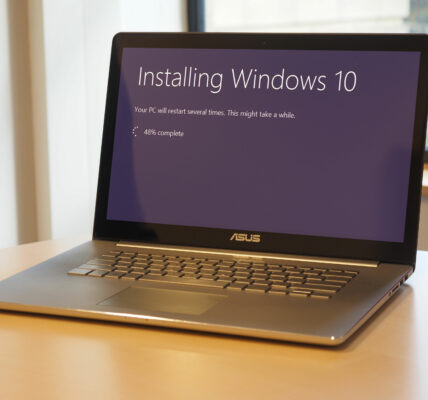Desktop monitors are an essential component of any computer setup. They come in various types, each offering different features and advantages. Understanding the different types of desktop computer monitors can help you make an informed decision when choosing one for your needs. In this article, we will explore the most common types of desktop computer monitors available in the market today.
1. LCD (Liquid Crystal Display) Monitors:
LCD monitors are the most popular type of monitor used in desktop computers. They use a thin layer of liquid crystals between two transparent panels to produce images. LCD monitors offer excellent image quality, sharpness, and color accuracy. They are also energy-efficient and lightweight. LCD monitors come in various sizes, from compact 19-inch screens to large 34-inch displays.
2. LED (Light Emitting Diode) Monitors:
LED monitors are a type of LCD monitor that uses LED backlights instead of traditional CCFL (Cold Cathode Fluorescent Lamp) lights. LED technology offers several advantages, including improved contrast ratios, deeper blacks, and a wider color gamut. LED monitors are also more power-efficient and have a longer lifespan compared to LCD monitors.
3. OLED (Organic Light Emitting Diode) Monitors:
OLED monitors are the latest advancement in display technology. They use organic compounds that emit light when an electric current is applied. OLED monitors offer exceptional image quality, with deep blacks, vibrant colors, and a high contrast ratio. They also have faster response times and wider viewing angles compared to LCD and LED monitors. However, OLED monitors tend to be more expensive and are only available in limited sizes.
4. Curved Monitors:
Curved monitors have a subtle curve that wraps around the viewer, providing a more immersive experience. The curvature mimics the natural shape of the human eye, making it easier to perceive content on the screen. Curved monitors offer a wider field of view and a more engaging visual experience, especially for gaming and multimedia consumption. They come in various sizes and aspect ratios, allowing you to choose the one that suits your needs.
5. Ultrawide Monitors:
Ultrawide monitors have an aspect ratio wider than the conventional 16:9 ratio found in most displays. With an ultrawide monitor, you get more horizontal screen space, which is beneficial for multitasking, video editing, and gaming. They are available in different sizes and resolutions, from Full HD to 4K, offering a wide range of options depending on your requirements.
6. Touchscreen Monitors:
Touchscreen monitors have a built-in touch-sensitive panel, allowing you to interact with your computer using your fingers or a stylus. They are commonly used in public spaces, educational institutions, and creative industries. Touchscreen monitors can greatly enhance productivity, especially in applications that require drawing, writing, or gesture-based input.
In conclusion, when choosing a desktop computer monitor, it is essential to consider factors such as screen size, resolution, display technology, and your intended usage. Each type of monitor has its own set of advantages and disadvantages, so it’s important to evaluate your needs and preferences before making a decision. Whether you opt for an LCD or LED monitor for everyday tasks, an OLED for stunning visuals, a curved or ultrawide monitor for immersive experiences, or a touchscreen monitor for interactive functionality, there is a wide range of options available to cater to your specific requirements.





